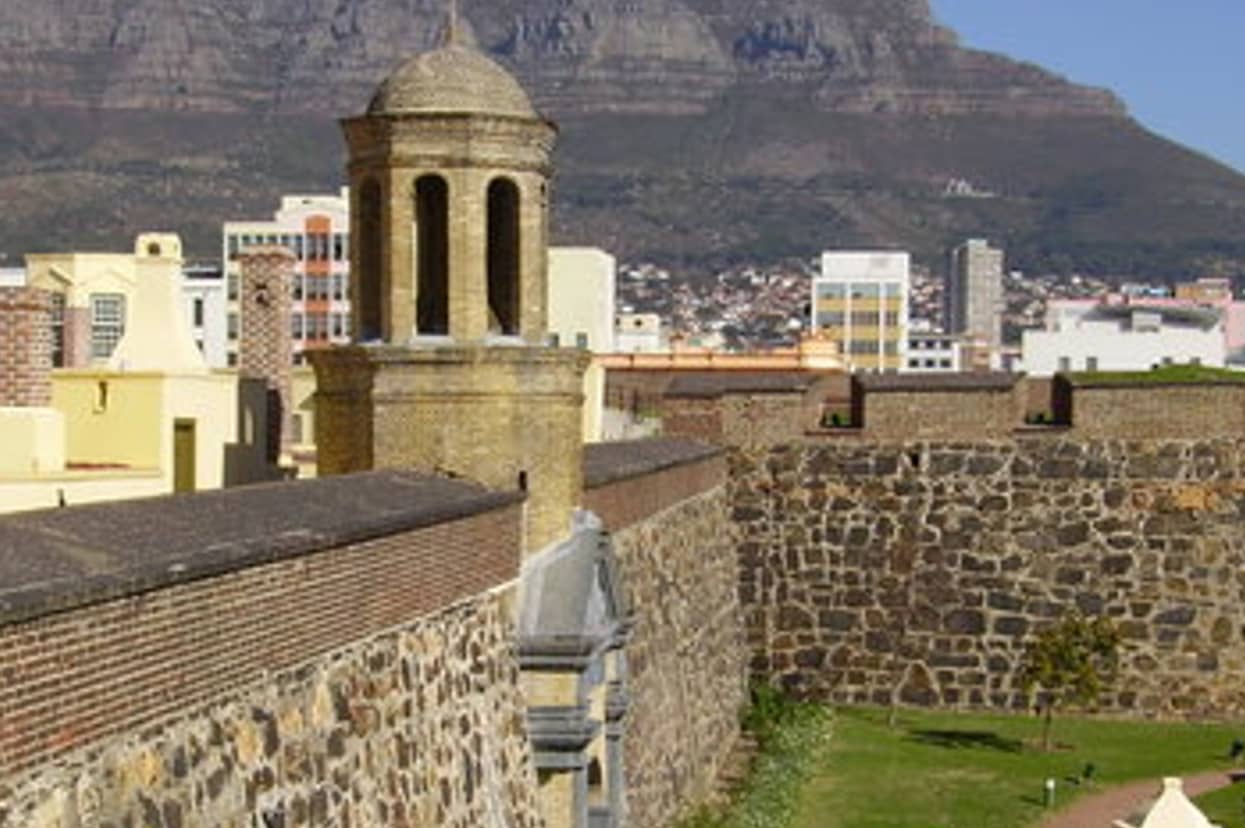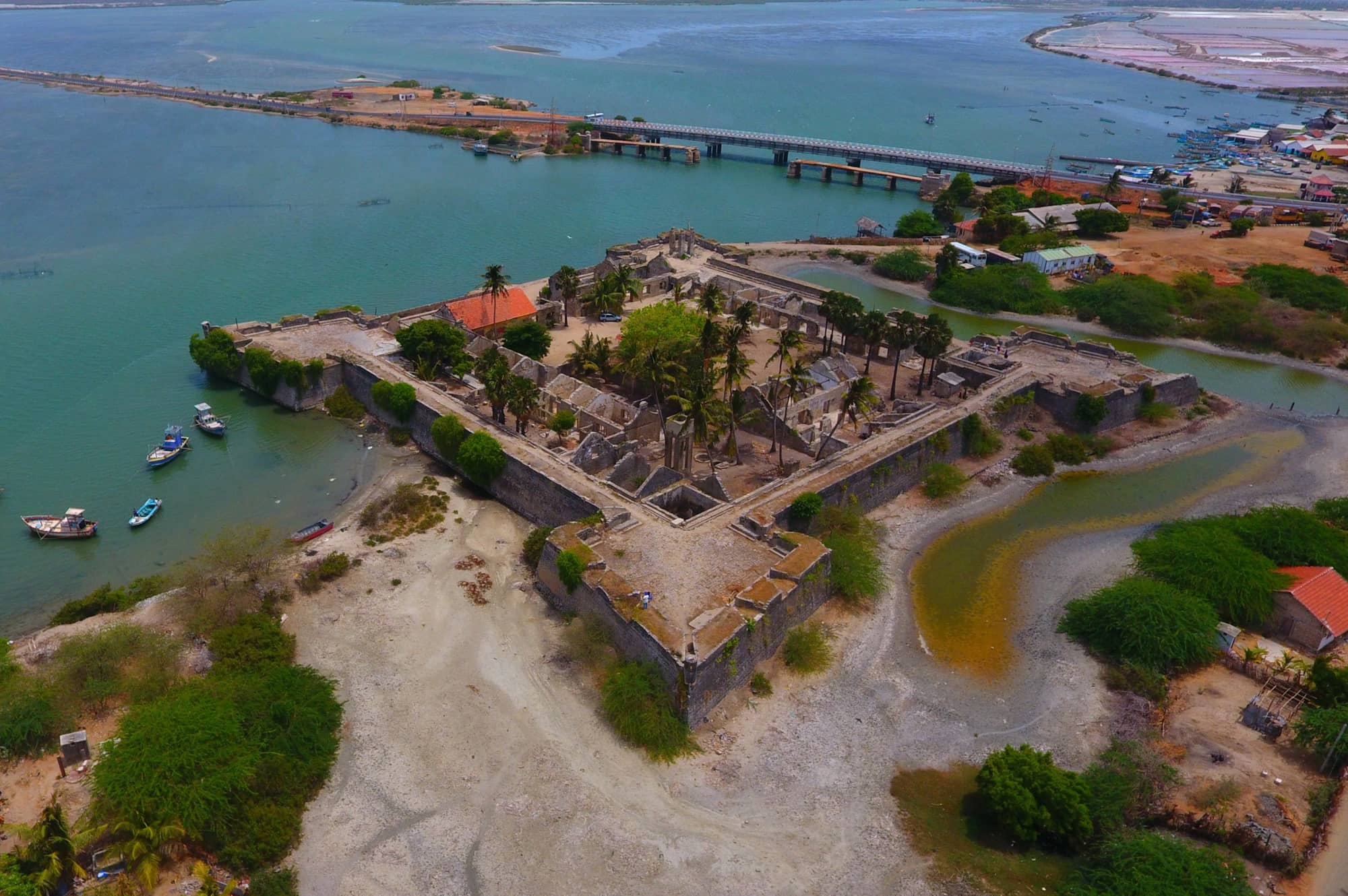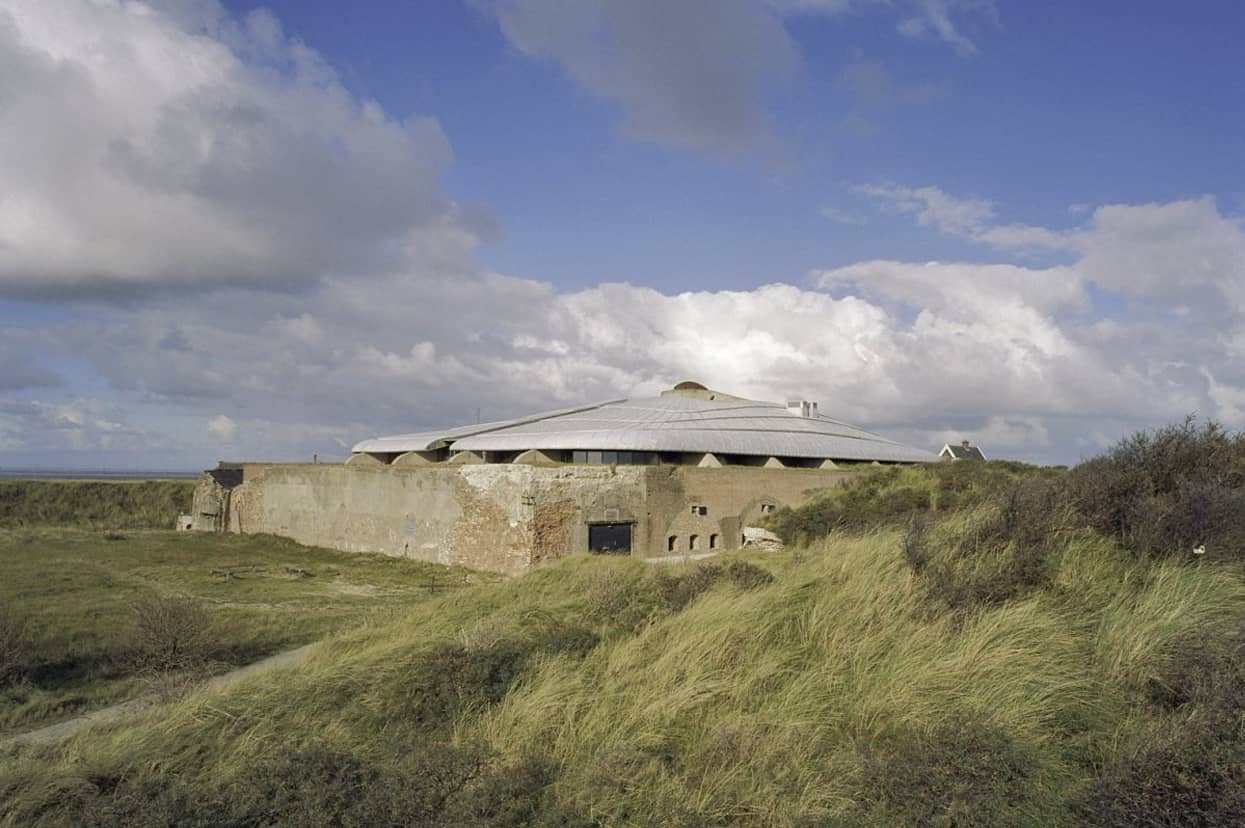Until now, the mutual goals of the heritage and environment sectors have not been sufficiently explored. The opportunities that might arise from a cross-sectoral, holistic approach have not yet been taken up in heritage projects or policies. Therefore, a knowledge exchange between experts in South Africa, Sri Lanka and the Netherlands was organized by the Cultural Heritage Agency of the Netherlands (Rijksdienst voor het Cultureel Erfgoed | RCE) to explore the possibilities of generic solutions to global challenges and to build an international network of experts. The organization of the project was in the hands of the Erfgoedacademie in the Netherlands.
The case studies
Although the conditions in the three continents that joined forces in this project differ greatly, the challenges faced are quite similar. The three case studies were Fort of Good Hope in South Africa, Fort Mannar in Sri Lanka and Fort Kijkduin in Den Helder in the Netherlands, all made of brickwork. An interesting comparison between the three cases is that they have all been constructed under a foreign regime. Subject of the exchange was the construction material of the defense works in brickwork, coral stone and mortar.
In six online meetings we investigated which was the dominant dimension (cultural/environmental/social/economic) in past conservation efforts. Apart from conservation experts, we also invited stakeholders from the other domains for each case study to learn about their arguments.
[Text continues below the images]

Castle of Good Hope, Cape Town (South Africa). 
Mannar Fort, Sri Lanka. 
Fort Kijkduin: Overzicht oostelijk front.
Conclusions
Generally speaking, we may conclude that:
- In the Cultural dimension the reason for conservation is in History, Identity and Beauty. Consequently, conservation is directed towards keeping the authentic material.
- In the Environmental dimension the reason for conservation is in Eco-efficiency. Consequently, conservation is directed towards ‘not burdening the environment’
- In the Social dimension the reason for conservation is in achieving Social cohesion (and improving/relocating informal settlements). Consequently, conservation is directed towards adaptations to changing societal needs.
- In the Economic dimension the reason for conservation is in achieving Economic prosperity. Consequently, conservation is directed towards adaptations to a use that generates revenues.
Future knowledge exchanges
During a planning and design process typically all these dimensions are discussed separately, by actors specialized in that specific field. It is not a standard practice that much exchange of ideas and arguments takes place between these specialists representing different dimensions. If we would set out to doing these exchanges more often, this might lead to very interesting questions and considered decision making.
The comparison of three case studies was an enriching and deepening experience. So much so that all participants expressed their wish to continue this exchange, preferably on site to be able to further discuss the technical implications of sustainability to the material brickwork.